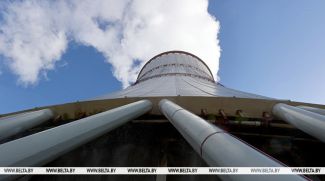WELLINGTON, 8 February (BelTA - Xinhua) - New Zealand scientists are to lead a pioneering method to measure sea-ice thickness in Antarctica in a bid to better understand its effects on the global climate.
The method will see a 75-year-old aircraft towing an electromagnetic (EM) induction device at a height of just 15 meters over the sea ice in McMurdo Sound, the study leader said Wednesday.
The aim was to explore how much sea water was freezing in the Southern Ocean every year and how important it was to the global climate, University of Canterbury glaciologist Dr Wolfgang Rack said in a statement.
The "EM-bird" was the only instrument that could measure the thickness of sea ice remotely and the technology as state of the art.
"Because sea ice is salty, conventional radar cannot measure thickness, but the EM instrument can, although it needs to be operated close to the surface," said Rack.
For the measurements, the research team used a converted 1942-built DC-3 aeroplane to tow the EM-bird at a height of 15 meters above the ice.
"We are happy to be the first researchers who have shown that the EM-bird can be operated in Antarctica safely from an aeroplane," said Rack.
Field measurements of sea-ice thickness and ocean properties were also made to verify aircraft the measurements.
"Sea-ice thickness is the biggest unknown in cryosphere research, because it is so hard to measure. It amazes me how little we know about it, despite its significance for global climate," said Rack.











